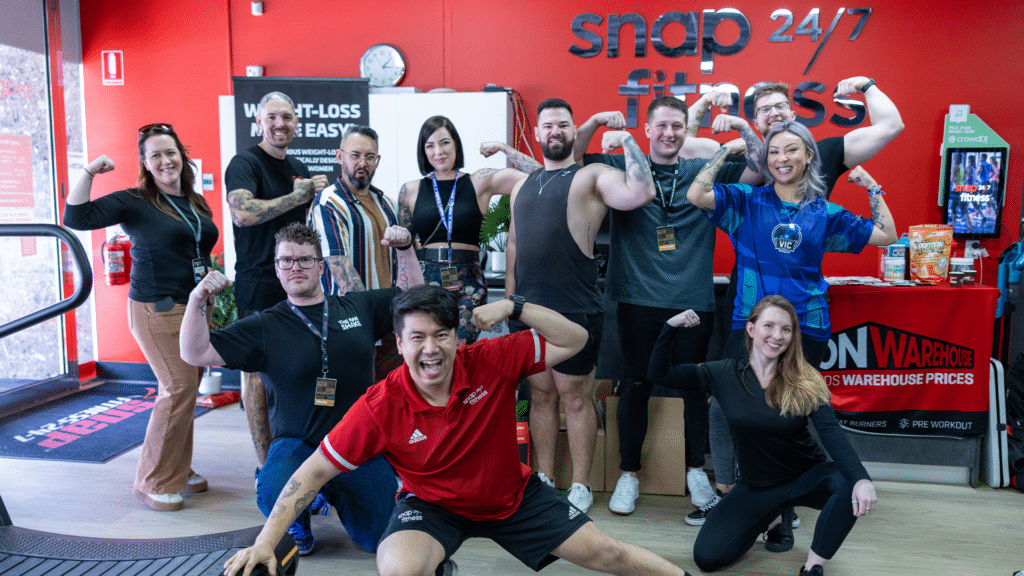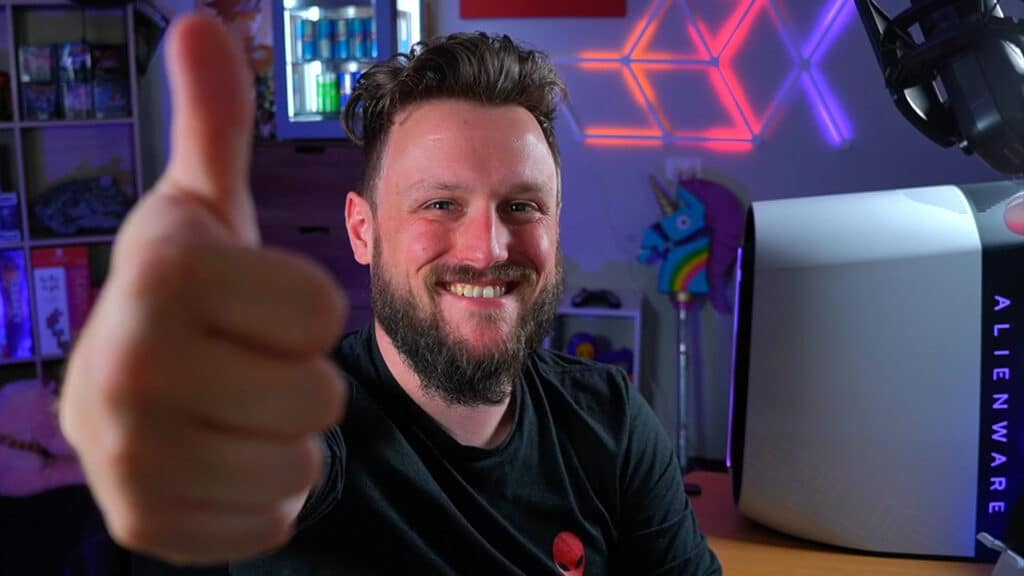Okay, okay, so here’s the setup. Two unnamed assassins walk into a bar…
Devolver Digital are nothing if not consistent. For years now they’ve been pushing out transgressive indie games that push the envelope thematically and tonally. From Hotline Miami to Mother Russia Bleeds to Enter The Gungeon and more, Devolver have become home to some of the most well-received indie darlings in the industry. So it’s no surprise that developers are probably falling over themselves to get a seat at the table with their own ideas.

A Familiar Tune
So, stop me if you’ve heard this one. You’re a hired gun (well, in this case, blade) referred to only as The Dragon. You’re put to work by a mysterious taskmaster, and your targets are persons of note housed within neon-bathed locales. In between missions you’re treated to mysterious vignettes; slice-of-life pieces for your otherwise unremarkable protagonist in the backstreets of– oh, so you say you’ve played this one? What’s that? Hotline what?
Okay, yes, the comparisons to Hotline Miami may be obvious, sure. And it’s clear that Askiisoft‘s Katana Zero lifts more than one page from the playbook. But, before you dismiss Katana Zero as derivative or unoriginal, at least get to the end of this review. To dismiss this game as little more than a derivative work would be a great disservice to one of the slicker bite-sized puzzle-action games I’ve played in recent memory.

Puzzle-action
And no, that’s not a typo. Puzzle-action. Sure, we can point to Katana Zero’s neon bleakness, or its thumping new retro wave soundtrack and say “this is familiar” — but the element that speaks most to Katana Zero lifting more than one page from the Hotline Miami playbook is that it is, for all intents and purposes, a thinking person’s game. And — shocker — I think it does it better than Hotline Miami.
I know that’s not a great sell, but it’s not a puzzle game in the sense that Bejeweled is a puzzle game. This is definitely not one to recommend to the oldies for a bit of relaxation. This is a puzzle game with a high execution barrier with dire consequences for failure.
Precognitive Planning
See, from the outset of each level, you aren’t in direct control of The Dragon so much as you’re playing out the “planning” phase. This is how Katana Zero contextualises The Dragon’s abilities. It’s noted rather early in the piece that he has powers of precognition as a side effect of his medication. That means he can see into the future, slow down — or in the case of failure, rewind — time to help him successfully plan his attack.
Levels are laid out in a fashion where most, if not all of the enemies, traps and resources available are visible from the outset. From there, it’s up to you to work out the sequence (or sequences) of actions that will most efficiently get you to the end. Your only weapons are throwables you’ll come across throughout, and of course, your trusty katana, which affords you your melee attack, as well as a small 8-way dash. Add to that wall jumps and dodge rolls and you’ve got a tight control set that gives you a surprising amount of flexibility with how you navigate your surrounds.

Brute force is an option
After The Dragon cranks his synthwave tunes and bursts down the first door, the machine full of enemies and traps whirs into action, and suddenly your best-laid plans are in full effect. Brute force is absolutely an option. And, in fact, the game is surprisingly forgiving when things don’t go exactly to plan, but there is a most efficient route for all of the levels in the game, and there’s something immensely satisfying about things going exactly to plan.
To get around the chaos factor, you’re afforded a slowdown function, which means that bullets, traps, and other fast-moving hazards aren’t just something to be avoided. They can be turned on their heads and used in your favour. In short, yes, you can deflect bullets back at your enemies, and yes, it’s exactly as cool as it sounds. It’s a limited resource, so you need to use it sparingly, but again, that’s something to factor into your approach. Learning to use it as a means to an end rather than a panic button is what turns an otherwise chaotic run into a well-oiled machine.
But is it beatable without slowdown?
Now, theoretically, this game is beatable without the slowdown function, and I have no doubt that countless speedrunners are already working on their no slowdown runs (Katana Zero’s premiere trailer being at AGDQ was not something that went unnoticed by myself, nor countless others evidently). For most, this will be not only a great help but a fantastic assist that adds to, rather than detracts from the core experience.
Once you’re in the clear, the game will play the full sequence back in real-time through CCTV footage, which never fails to make you feel like a badass. It’s a similar mechanic to what you may have seen in Superhot. While the lack of audio in the replays does some disservice to the cool factor (since the sound design in this game is a fantastic blend of lush explosions and clashing swords with those classic 16-bit groans and grunts from a bygone era), it’s a neat little touch that shows the intricacy of your movements without having to divert your attention to actually making it happen. Plus, it’s a great atmospheric touch to boot.
A Sharp Narrative
Conversations in Katana Zero are handled in a way that I’ve not seen in other games — or at least, not with this kind of nuance. You’re always presented with an option to stop the conversation dead — usually in bright red text — while a timer runs down. Once it reaches a certain threshold, those dialogue options change. Sometimes, the initial statement remains, but the tone changes to be dismissive without being rushed, whereas other times it goes away entirely.
In effect, you can skip conversations, but doing so can cause the narrative to shift. Depending on who you ask, there are no wrong answers, but the way you answer can absolutely change how events play out, and Askiisoft are quick to loop that back into The Dragon’s precognition to give you some truly excellent character interactions that totally hit you from out of nowhere.

The twists and turns
What’s more, the story takes some interesting twists and turns, using the obvious bending of reality because of The Dragon’s treatment to full effect. The overarching plot goes in directions that were substantially weightier than I was expecting for a game that’s so heavily bathed in that new retro wave feel.
But, none of it feels forced, and in fact, there’s an odd poignancy to what Katana Zero tries to convey that sat with me for quite a while after I’d completed it. With so many dialogue options on offer and a whole host of volatile and vulnerable characters, even if the game has the same few terminals for all of the choices I’m making, the fact that it feels like the narrative could splinter off into a hundred different directions is, in my opinion, a massive triumph.
The Catch
So, the burning question is, in a world where Hotline Miami exists, does Katana Zero carve out enough of its own niche to justify its place? To that I say: emphatically yes, but, uh… there’s one small problem.
For one, it’s a much prettier game. The graphics are a fantastic throwback to the 16-bit era with beautiful specular highlights to really show that neon flavour in full relief, and light rays poking through the haze. Key environments are richly detailed and while many of the in-between areas are a little samey, you’re never stuck observing them long enough to really notice.
For another, while it’s a similar game in terms of aesthetic and narrative approach, it’s a different game. It feels a little more demanding of your brainpower than its forebear which sometimes encouraged and rewarded more of a berserker style.

Final thoughts
And lastly, I do think its narrative is a little more clever, and drastically more creatively handled. Hotline Miami is very much a game that ushered in a new zeitgeist not just for indie games, but Devolver’s indie games. Katana Zero feels like a beautifully refined evolution of those ideas.
So here’s that catch I was talking about: the tricky thing for Australians is that at the time of writing this review, Katana Zero has been refused classification through IARC. Devolver is actively submitting it through independent boards as a result. It’s important to note that the likely reason for this is because its plot contains a very heavy emphasis on drug use for a “positive” effect. Compare that to games like Fallout where they could simply change a few names and slip it through. Unfortunately, Katana Zero won’t have any such luck.
So, to those of you who are interested, you may have to wait to get your hands on this one, if at all. However, should it make it through in the end, you’ll be justly rewarded with yet another indie gem.




